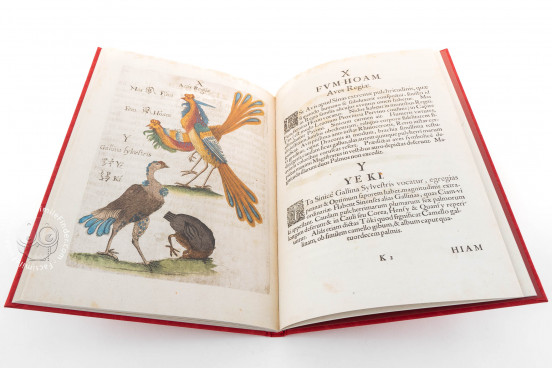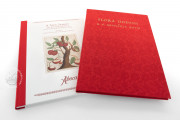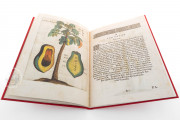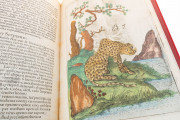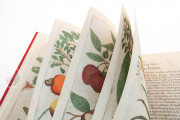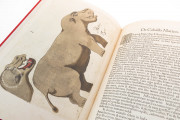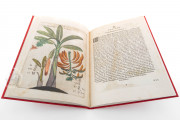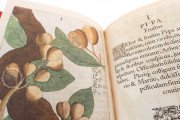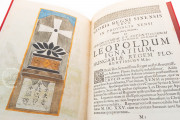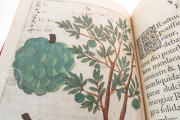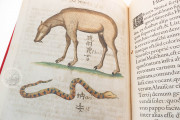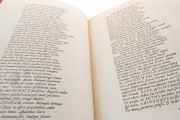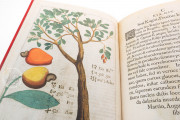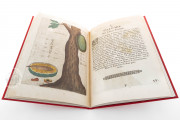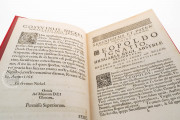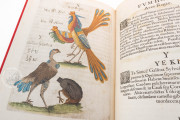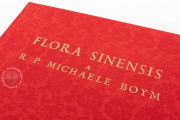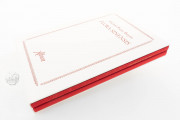The journeys to China of the Jesuite priest Michał Piotr Boym (1612-1659) in the middle of the 17th century are of great interest for understanding early contact between China and the West.
A detailed description of Chinese nature
Boym’s Flora Sinensis, published in Vienna in 1656, as well as his Cafraria, and his Atlas of China with its travel notes that remain unpublished in the Vatican Library, are especially interesting from a botanical point of view. Flora Sinensis is not a typical “Flora” in the modern botanical sense. Modern “Floras” include a complete list and description of the plants of a specified region, whereas Boym’s work is a selection of plants that attracted his interests, with a focus on fruits and plants of medicinal value.
In Flora Sinensis Boym describes 22 species, all of which are illustrated except for two palms: the areca palm and the coconut. Some of the plants that Boym described, for example black pepper, were familiar in Europe in his time, even if as a luxury item they were not readily available. Others, for example lychee, were less familiar but had been described by earlier Jesuit missionaries to China. Nevertheless, Boym’s work became an important source for early accounts of Chinese plants, because he added new and detailed observations as well as striking colored illustrations.
Fruits and spices from the East
Flora Sinensis lists mainly fruits but also spices such as cinnamon, ginger, and pepper, all of which had long been known in Europe, including for their medicinal properties. Notably absent in Flora Sinensis are cereals such as rice or other starchy staples like yams or sweet potatoes. There is also no focus on fiber or dye plants, even though these were of great commercial interest at the time. A significant aspect of Boym’s work from a botanical point of view is that the descriptions are relatively detailed for their time. They vary in length, but some contain information on the shape of the plants, their geographic distribution, cultivation, medicinal properties, fruiting times, and other features.
Boym arrived in China in 1644. By this time trade had been underway between South East and East Asia and around the Indian Ocean for millennia. Europeans were also well aware of China through the writings of Marco Polo and activities of traders travelling the Silk Road. Since antiquity, there had also been important and well-established trade routes from South Asia into the Mediterranean Basin —plants had been moved along these routes for centuries.
We have 1 facsimile edition of the manuscript "Flora Sinensis": Flora Sinensis facsimile edition, published by Aboca Museum, 2019
Request Info / Price
